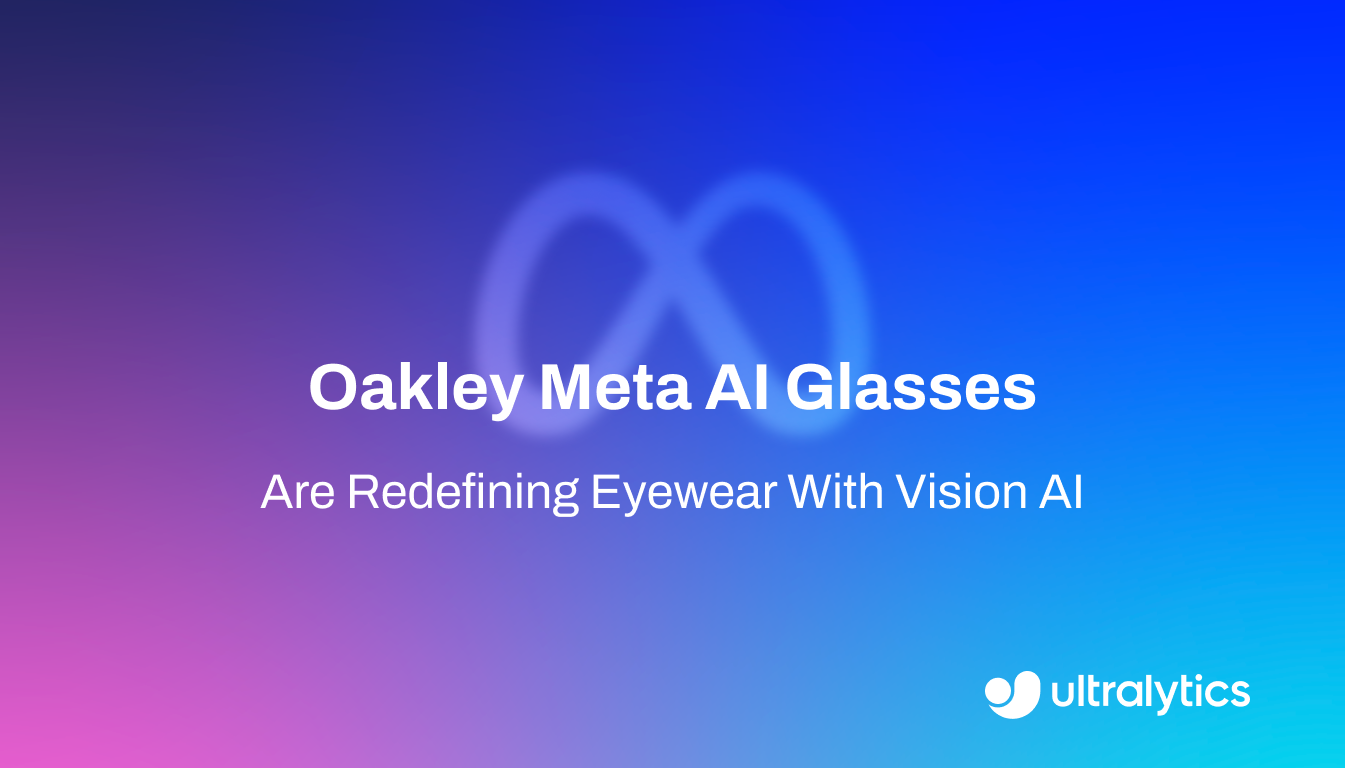Reinforcement Learning from Human Feedback (RLHF)
Discover how Reinforcement Learning from Human Feedback (RLHF) refines AI performance by aligning models with human values for safer, smarter AI.
Reinforcement Learning from Human Feedback (RLHF) is a sophisticated framework in
machine learning (ML) that aligns
artificial intelligence (AI) systems
with human values, preferences, and intentions. Unlike traditional
supervised learning, which trains models to
replicate static datasets, RLHF introduces a dynamic feedback loop where human evaluators rank model outputs. This
ranking data is used to train a "reward model," which subsequently guides the AI to generate more helpful,
safe, and accurate responses. This technique has proven essential for the development of modern
large language models (LLMs) and
generative AI, ensuring that powerful foundation
models act in accordance with user expectations rather than just statistically predicting the next word or pixel.
The RLHF Workflow
The process of aligning a model via RLHF generally follows a three-step pipeline that bridges the gap between raw
predictive capability and nuanced human interaction.
-
Supervised Fine-Tuning (SFT): The process typically starts with a pre-trained
foundation model. Developers use
fine-tuning on a smaller, high-quality dataset of
curated examples (such as dialogs or demonstrations) to teach the model the basic format of the desired task.
-
Reward Model Training: This is the core of RLHF. Human annotators review multiple outputs generated
by the model for the same input and rank them from best to worst. This
data labeling process creates a dataset of
preferences. A separate neural network, known
as the reward model, is trained on this comparison data to predict a scalar reward score that mimics human judgment.
-
Reinforcement Learning Optimization: The original model effectively becomes an
AI agent within a
reinforcement learning environment. Using
the reward model as a guide, algorithms like
Proximal Policy Optimization (PPO)
adjust the agent's parameters to maximize the expected reward. This step fundamentally alters the model's policy to
favor actions—such as polite refusal of harmful queries—that align with the learned human preferences.
RLHF vs. Standard Reinforcement Learning
While both approaches rely on maximizing a reward, the source of that reward differentiates them significantly.
-
Standard Reinforcement Learning (RL): In traditional RL, the reward function is often hard-coded or
mathematically defined by the environment. For instance, in a game of chess, the environment provides a clear
signal: +1 for a win, -1 for a loss. The agent learns through trial and error within this defined
Markov Decision Process (MDP).
-
RLHF: In many real-world tasks, such as writing a summary or driving a car politely, a mathematical
formula for "success" is impossible to define explicitly. RLHF solves this by replacing the hard-coded
reward with a learned reward model derived from human feedback. This allows the optimization of abstract concepts
like "helpfulness" or "safety" that are difficult to program directly.
Real-World Applications
RLHF has transformed how AI systems interact with the world, particularly in domains requiring high safety standards
and nuanced understanding.
-
Conversational AI and Chatbots: The most prominent use of RLHF is in aligning chatbots to be
helpful and harmless. By penalizing outputs that are toxic, biased, or factually incorrect, RLHF helps mitigate
hallucination in LLMs and reduces
algorithmic bias. It ensures that assistants can
refuse dangerous instructions while remaining useful for legitimate queries.
-
Robotics and Autonomous Agents: Beyond text, RLHF is applied in
robotics to teach agents complex physical tasks. For
example, a robot arm learning to grasp fragile objects might receive feedback from human supervisors on which grip
attempts were safe versus distinct failures. This feedback refines the control policy more effectively than simple
deep reinforcement learning based
solely on task completion. Similar methods assist
autonomous vehicles in learning driving
behaviors that feel natural to human passengers.
Integrating Perception with RLHF
In visual applications, RLHF agents often rely on
computer vision (CV) to perceive the state of
their environment. A robust detector, such as YOLO11, can
function as the "eyes" of the system, providing structured observations (e.g., "pedestrian detected on
left") that the policy network uses to select an action.
The following example illustrates a simplified concept where a YOLO model provides the environmental state for an
agent. In a full RLHF loop, the "reward" would be determined by a model trained on human preferences
regarding the agent's confidence or accuracy.
from ultralytics import YOLO
# Load YOLO11 to act as the perception layer for an RL agent
model = YOLO("yolo11n.pt")
# The agent observes the environment (an image) to determine its state
results = model("https://ultralytics.com/images/bus.jpg")
# In an RL loop, the agent's 'reward' might depend on detecting critical objects
# Here, we simulate a simple reward based on the confidence of detections
# In RLHF, this reward function would be a complex learned model
observed_reward = sum(box.conf.item() for box in results[0].boxes)
print(f"Agent Observation: Detected {len(results[0].boxes)} objects.")
print(f"Simulated Reward Signal: {observed_reward:.2f}")
By combining powerful perception models with policies aligned via human feedback, developers can build systems that
are not only intelligent but also rigorously checked for
AI safety. Research into scalable oversight, such as
Constitutional AI,
continues to evolve this field, aiming to reduce the heavy reliance on large-scale human annotation.












